Peruvian Historian Claims She Found First Maps Proving that Machu Picchu was Discovered Before Bingham
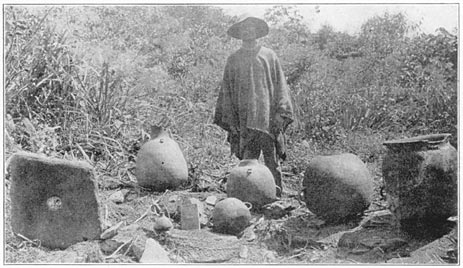
(Above: A Peruvian farmer with looted Inca artifacts in 1911; photo by Hiram Bingham)
Peruvian historian had already published maps of ancient Machu Picchu
June 6, 2008
EFE
(Translated by Kim MacQuarrie)
The Peruvian historian Mariana Mould de Pease published maps in 2003 showing that the famous Inca citadel of Machu Picchu was already known in ancient times and was sacked by the German adventurer Augusto Berns in 1867.
These maps and the history of Berns were made public in an exclusive report last Tuesday by the American cartographer Paolo Greer…
(more…)
Was Machu Picchu “Discovered” & Looted 43 Years Before Hiram Bingham’s Arrival? (Part 2)
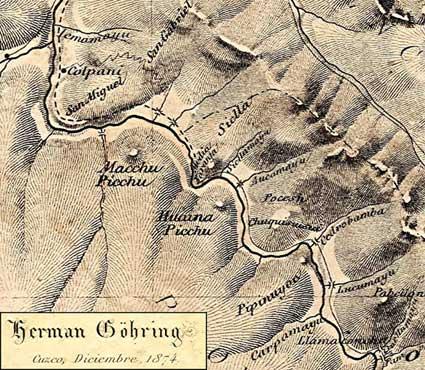
(At left: The American Paolo Greer discovered this map of the Machu Picchu area in Lima’s National Library. It was in an 1877 book by the German geologist, Herman Göhring. The map is dated 1874 and clearly indicates two peaks: “Macchu Picchu” and “Huaina Picchu,” although no accompanying ruins are indicated.)
Machu Picchu Before Bingham (Part 2)
By Paolo Greer
South American Explorer Magazine
Edition 87
June 2008
The Oldest Map of Machu Picchu
In 1989, I was granted an interview with Juan Mejía Baca, the Director of the National Library of Perú. I had spent many weeks in the library and had finally worked up my courage to make a few suggestions to Don Juan about how he might make his archives more accessible.
(more…)
Was Machu Picchu “Discovered” & Looted 43 Years Before Hiram Bingham’s Arrival? (Part 1)
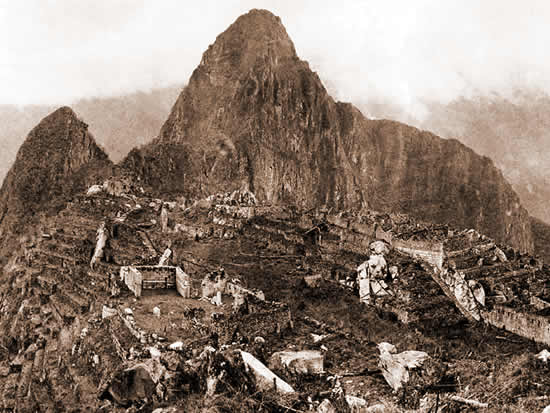
(Above: Machu Picchu in 1912; Photo by Hiram Bingham III)
Note: Recently there has surfaced in the press the announcement that a German adventurer/businessman, Augusto R. Berns, actually discovered Machu Picchu (and looted it with the permission of the Peruvian government at the time) some four decades before the American historian, Hiram Bingham, stumbled upon the ruins in 1911 and officially “discovered” them. The press reports promised that the man making this claim, the American Paolo Greer, would soon publish his proof in the “South American Explorer Magazine.” Greer’s article has just been published and Part I is reprinted in full below.
(more…)
Inca Skull With 16th Century Conquistador Bullet Hole Discovered in Peru
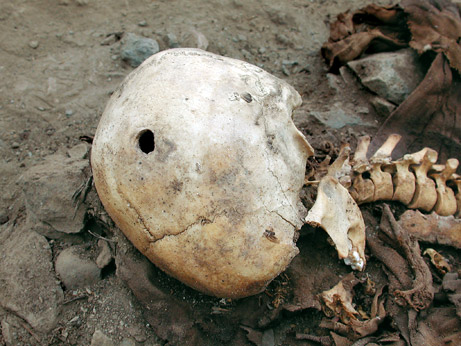
First Known Gunshot Victim in Americas Discovered
National Geographic News
June 19, 2007
The first known gunshot victim in the Americas was an Inca Indian killed by a musket-wielding Spaniard nearly 500 years ago in Peru, scientists announced today.
The casualty’s skeleton was discovered in 2004 while excavating an Inca cemetery in the Lima suburb of Puruchuco—less than a mile from thousands of Inca mummy bundles discovered by Peruvian archaeologist Guillermo Cock.
The individual may have been killed during an Inca uprising against Spanish conquistadors in 1536, according to Cock, who also led the new excavations.
(more…)
Skull Surgery Among the Incas
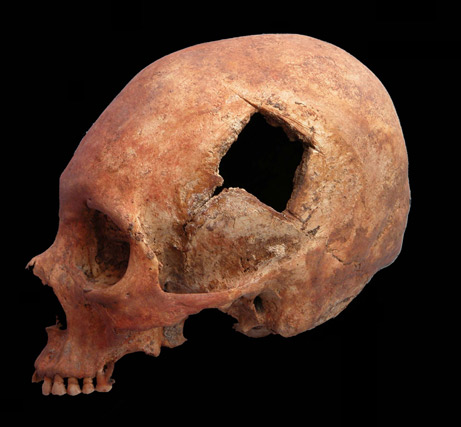
Incan Skull Surgery
Science News
April 25th, 2008
When Incan healers scraped or cut a hunk of bone out of a person’s head, they meant business. Practitioners of this technique, known as trepanation, demonstrated great skill more than 500 years ago in treating warriors’ head wounds and possibly other medical problems, rarely causing infections or killing their patients, two anthropologists find.
Trepanation emerged as a promising but dangerous medical procedure by about 1,000 years ago in small communities near the eventual Inca heartland in Peru’s Andes mountains, say Valerie Andrushko of Southern Connecticut State University in New Haven and John Verano of Tulane University in New Orleans. Incan healers later mastered certain trepanation methods, performing them safely and frequently.
“Far from the idea of ‘savages’ drilling crude holes in skulls to release evil spirits, these ancient people were highly skilled as surgeons,” Andrushko says…
(more…)
The Secrets of Machu Picchu

The first major exhibition devoted to the Incas’ fabled cold-weather retreat highlights Machu Picchu’s secrets
(This is a good article on both Machu Picchu and also on the recent traveling exhibit in the U.S. of Hiram Bingham’s Machu Picchu artifacts that Peru is currently trying to get Yale University to return–KM)
By Fergus Bordewich
Smithsonian, March 2003
Although I had seen many images of Machu Picchu, nothing prepared me for the real thing. Stretching along the crest of a narrow ridge lay the mesmerizing embodiment of the Inca Empire, a civilization brought to an abrupt and bloody end by the Spanish conquest of the 1500s. On either side of the ruins, sheer mountainsides drop away to the foaming waters of the Urubamba River more than a thousand feet below. Surrounding the site, the Andes rise in a stupendous natural amphitheater, cloud-shrouded, jagged and streaked with snow, as if the entire landscape had exploded. It is hard to believe that human beings had built such a place. It was more difficult still to grasp that Machu Picchu remained unknown to the outside world until the 20th century…
(more…)
Peru-Yale Machu Picchu Controversy Part 12
 Indiana Jones: The Men and the Myth
Indiana Jones: The Men and the Myth
Friday, May 09, 2008
NPR: On Point
By host Tom Ashbrook
It’s just a matter of days now, and Indiana Jones is back in a theater near you.
Harrison Ford, the leather jacket, the bullwhip, the fedora — 27 years after “Raiders of the Lost Ark” they’re practically archeological artifacts themselves. But who cares? Everybody wants to get back to snakes and jungle and desert and adventure.
At Yale, where the new film, “Indiana Jones and the Kingdom of the Crystal Skull,” opens in ivy splendor, that story — a true story — has never gone away. In fact, it’s hot.
This hour, On Point, we’ve got real-life derring-do, and the return of Indiana Jones [who this time goes off to Peru]…
(more…)
Peru-Yale Machu Picchu Controversy Part 11
Peru wants Yale to return artifacts
April 17, 2008
Associated Press
NEW HAVEN, Conn. –In the latest twist in a long running dispute, Peru wants Yale University to return thousands of artifacts it is holding from the famed Inca citadel of Machu Picchu.
Peru’s government and Yale had reached a memorandum of understanding last year to return about 4,000 pieces that had been taken from the site a century ago. The preliminary agreement called for Yale and Peru to co-sponsor first a traveling expedition featuring the pieces, and later a museum in the Andean city of Cuzco, the ancient Inca capital.
But the two sides have been unable so far to reach a final agreement on the mummies, ceramics, bones and other artifacts.
Peru officials have sent a letter to Yale with a counterproposal calling for all the pieces to be returned to Peru, according to Vladimir Kocerha, press officer for the Peruvian embassy in Washington, D.C.
“The counterproposal is for all the pieces to come back,” Kocerha said Thursday. “The ball right now is in Yale’s court.”
(more…)
Peru-Yale Machu Picchu Controversy Part 10
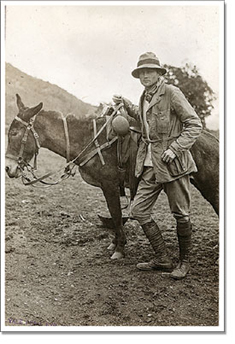
What Yale brought back from Machu Picchu
April 18, 2008
Yale Alumni Magazine
In the past week, a furor erupted when the government of Peru issued a press release saying that Yale has 40,000 objects from Machu Picchu and that Yale had claimed to have only 4,000. “Yale’s Machu Picchu Haul 10 Times As Big As Thought,” read the headline in The Guardian (U.K.).
There are numerous bones and bone fragments from humans and animals.
Peru issued the press release after Peruvian experts returned from a trip to Yale, in which they meticulously reviewed Yale’s own inventory of the artifacts. But Yale’s inventory — which it had posted online in early March — has shown all along how many artifacts there are. Yale’s total is some 5,700 (not 4,000), and that figure is the total number of lots. As is clear in the photographs included in several chapters of the inventory, each lot may include one, three, six-or even two dozen pieces.
The inventory includes hundreds of pages of descriptions and photos. The great bulk of the material comprises vast numbers of potsherds, none of them highly decorated or in good condition; all have been catalogued and grouped to keep sherds from the same pots together. There are also numerous bones and bone fragments from animals, such as birds, alpacas, and Peruvian hares, as well as many human bone fragments. One of the 13 sections of the inventory, labeled “Museum” (PDF doc), lists objects that appear to be of museum quality. These include a number of higher-quality ceramic pieces, with complex geometric patterns or glossy finishes, and many pieces of metalwork in bronze and silver — some two dozen shawl pins, two large needles, and several thin disks and pendants, among others.
Peru-Yale Machu Picchu Controversy Part 8
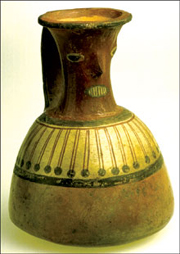
Peru says Yale has more Incan artifacts than first believed
Monday, April 14, 2008
LIMA (Reuters) — Peru says Yale University researchers took more than 40,000 artifacts from the Incan citadel of Machu Picchu in the early 1900s, or 10 times the original estimate, the state news agency reported Sunday.
A team from Peru’s National Institute of Culture traveled to the U.S. university in March to take an inventory of the pieces of pottery, jewelry and bones housed there, as part of an agreement to repatriate the relics.
Hernan Garrido Lecca, who is leading Peru’s drive to reclaim the objects, released the inventory results to state news agency Andina…
(more…)









